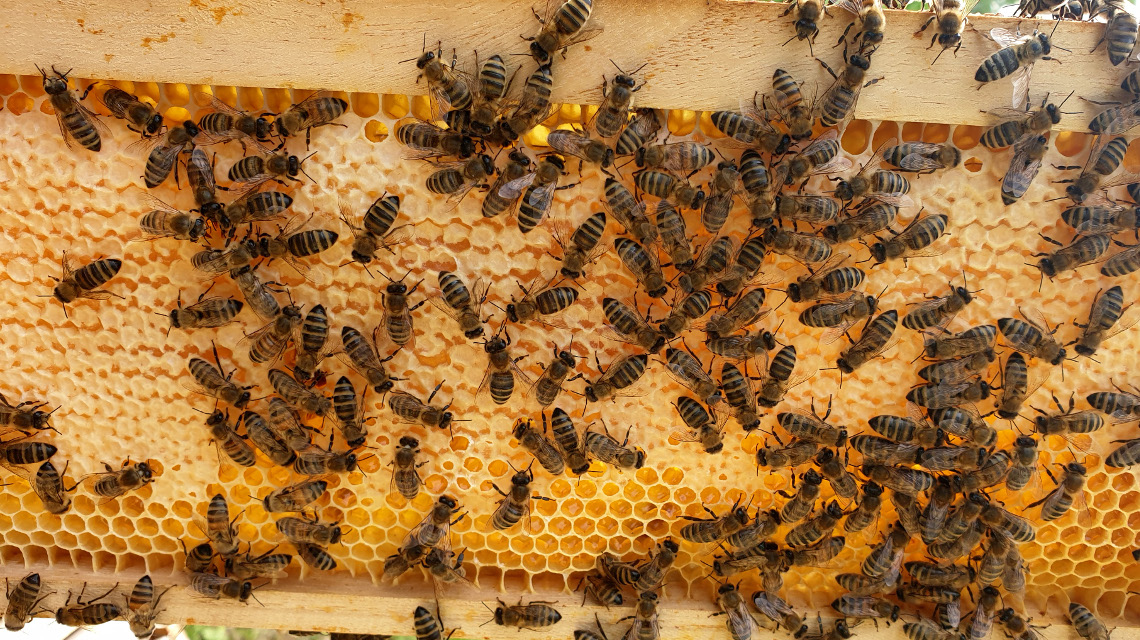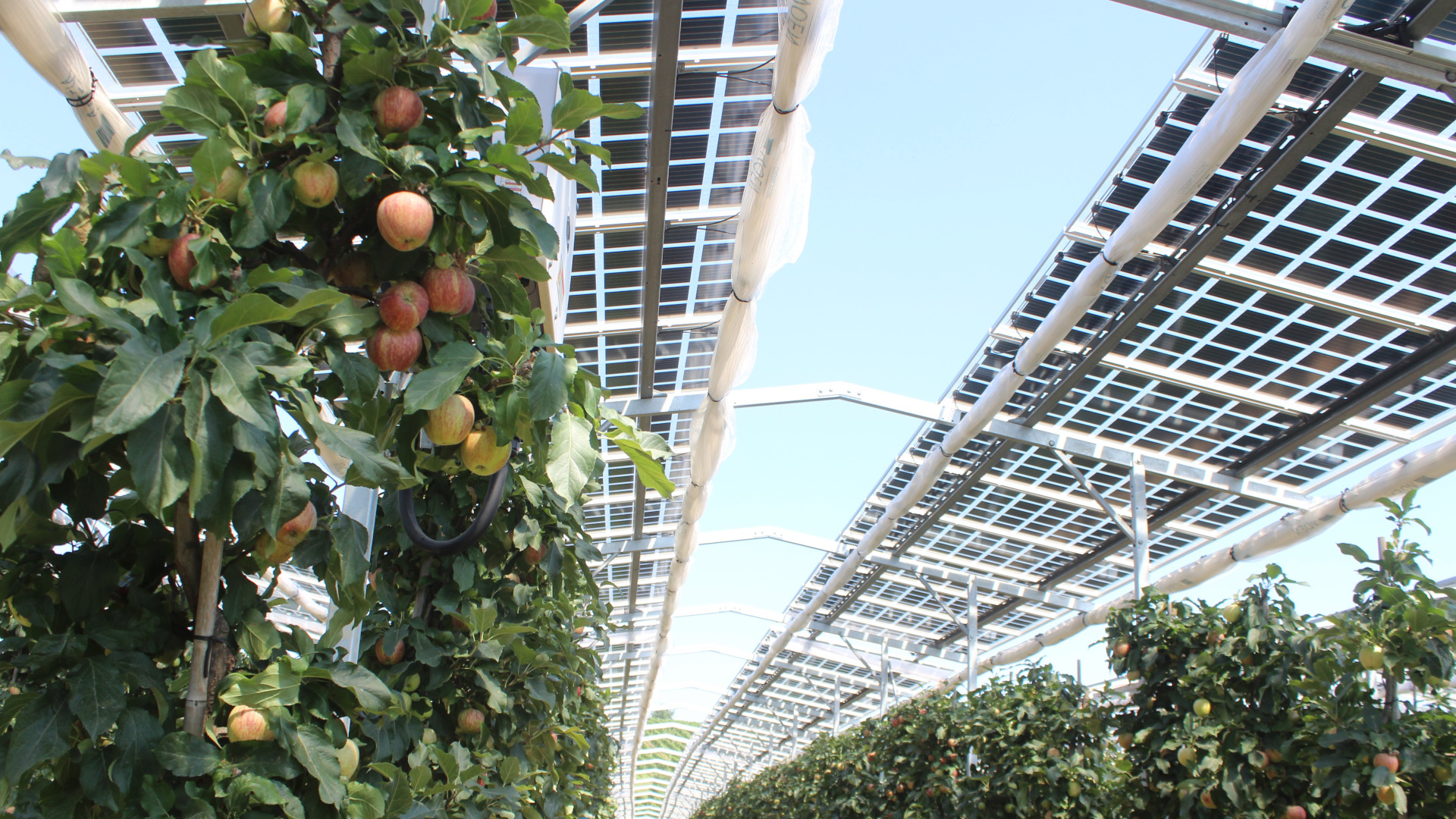Heat sensors for beehives
Max Planck researchers from Mainz want to use mini-sensors to ensure even temperature in beehives, thus better protecting honey bees from parasites.

The varroa mite is the greatest threat to the western bee (Apis mellifera). The tiny parasite Varroa destructor feeds on its body fluid and attacks larvae in the hive, damaging its offspring and causing entire hives to die. "After about 18 months after the first infection, a hive is dead if nothing is done about it," says Dr. Stanislav Balouchev of the Max Planck Institute for Polymer Research. Together with Katharina Landfester, the researcher hopes to use smart technology to protect bees from this scourge.
Fighting parasites with heat
Over time, bees have learned to defend themselves against the parasite. One method is to increase the temperature in the hive. Bees can do this by pressing their chest onto a honeycomb and raising the temperature inside the honeycomb by moving the pectoral muscles to such an extent that the mite multiplies much less and the colony dies within a short time. Insects infested by the pathogen also send out chemical warning signals, so that other healthy bees rush to the rescue and scratch the mite to make it fall off. But when it is cold, the insects lack the energy to do this.
In a project sponsored by the Volkswagen Foundation, the two researchers want to develop miniature temperature sensors that spatially measure the internal temperatures of the hive. "We want to measure the optimum temperature distribution in three dimensions," says Prof. Katharina Landfester. "The average temperature, as obtained with thermometers, for example, is of no use to us in this case - we want to use the three-dimensional temperature distribution to determine whether a hive is still healthy or is already infected in individual combs." For the experiment to succeed, the sensors must not only record the temperatures extremely accurately. The bees also have to accept the new "occupants".
3D printing mini temperature sensors
The researchers therefore want to design the sensors in such a way that they can be produced with a 3D printer as required. The goal is to measure the temperature of each individual honeycomb. "If we detect deviations from the optimum temperature distribution, the next step will be to develop an active temperature control system that allows the temperature to be raised at certain points in the hive," Landfester explains.
bb/siw


